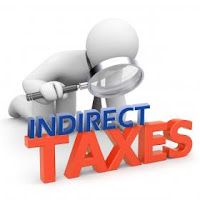Financial Terminology Series - 7
Term of the Day Interest Expense When an entity borrowed funds whatever cost they incurred for borrowing the funds are called Interest Expenses. They are non-operating expenses shown in the income statement. It signifies the interest payable on any borrowing be it a bonds, loans convertible debt or lines of credit. It is fundamentally calculated as the interest rate times the outstanding principal amount of the debt. It is essentially calculated as the interest rate times the outstanding principal amount of the debt. Interest expense on the income statement represents interest accrued during the period covered by the financial statements, and not the amount of interest paid over that period. While interest expense is tax-deductible for companies, in an individual's case, it depends on his or her jurisdiction and also on the loan's purpose. For most people, mortgage interest is the single-biggest category of interest expense over their lifetimes as intere...

